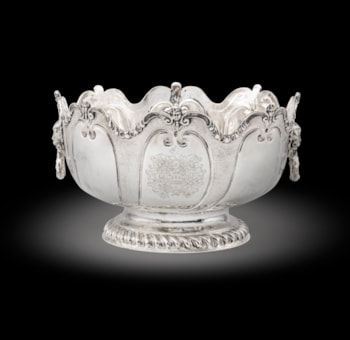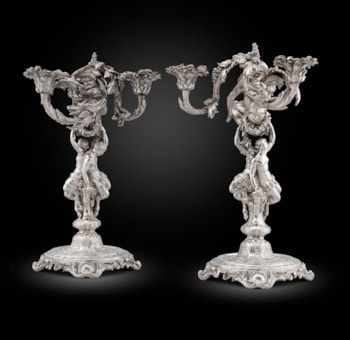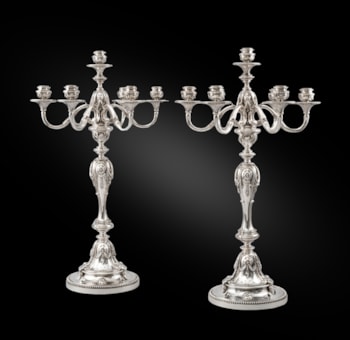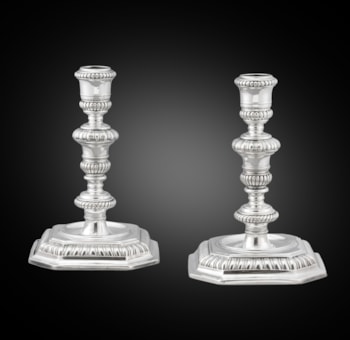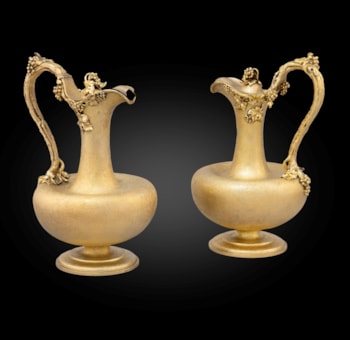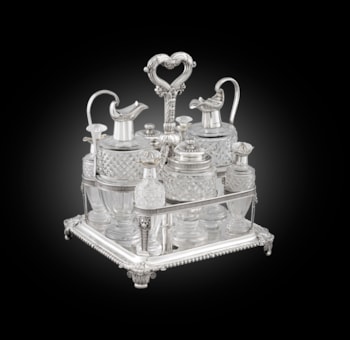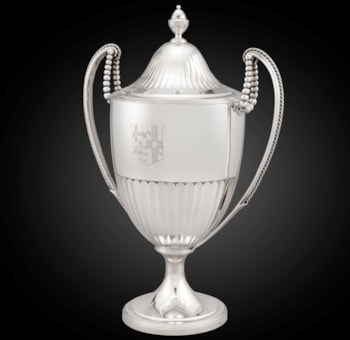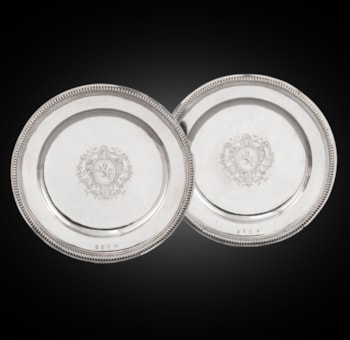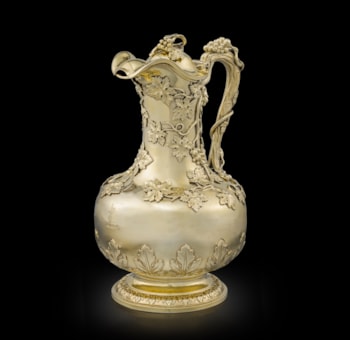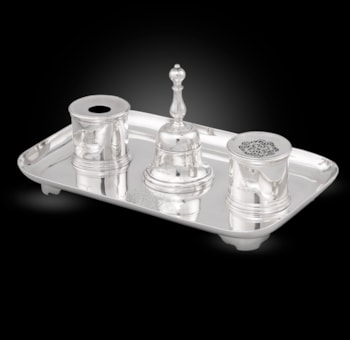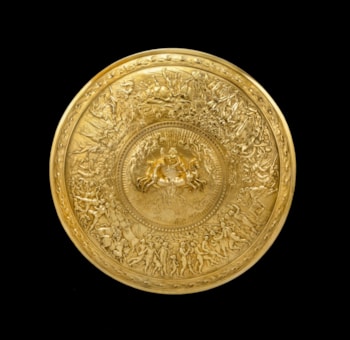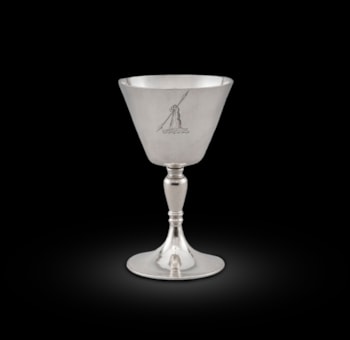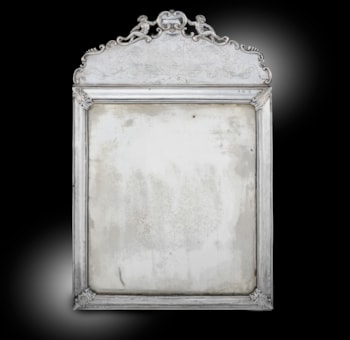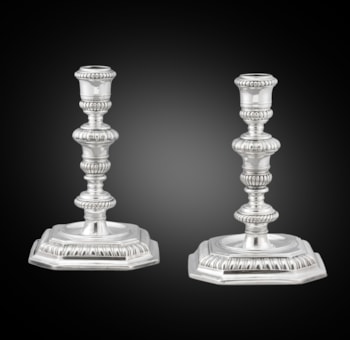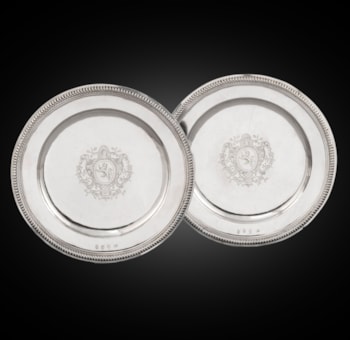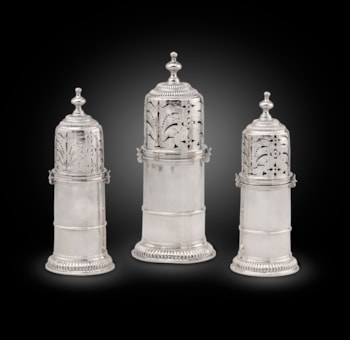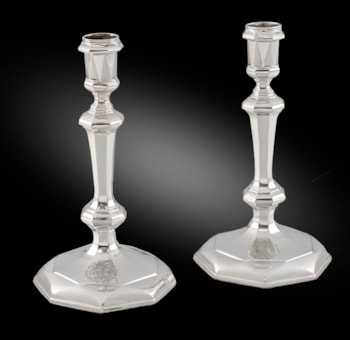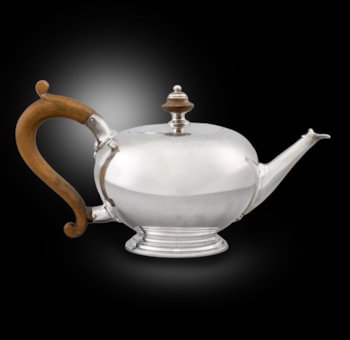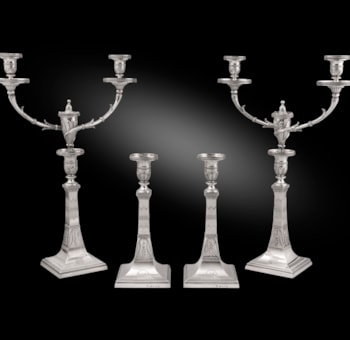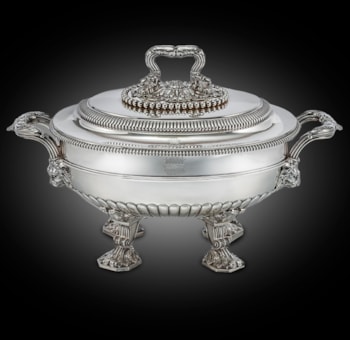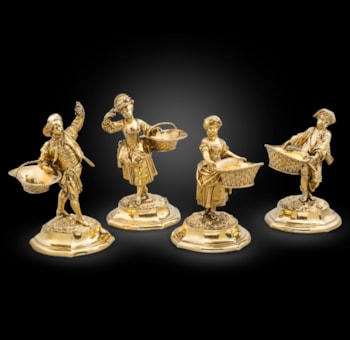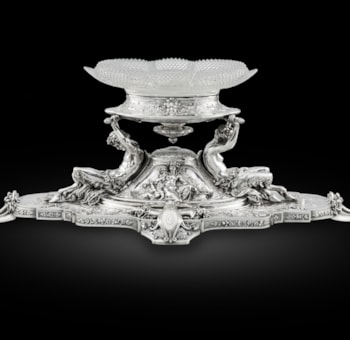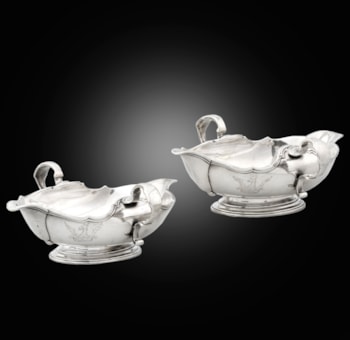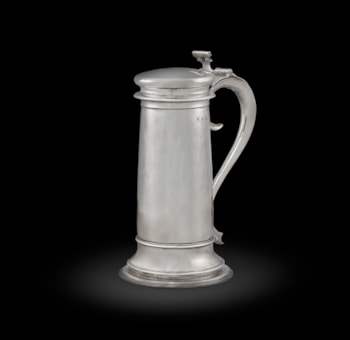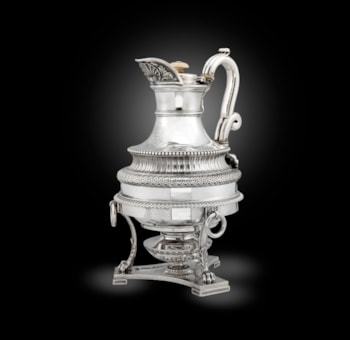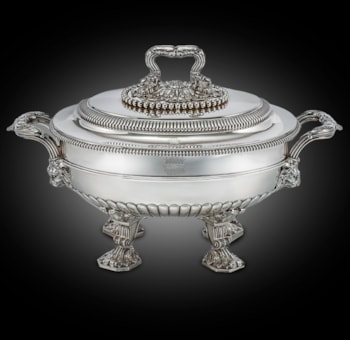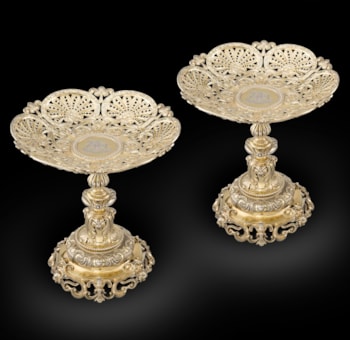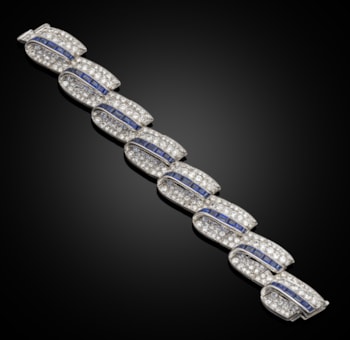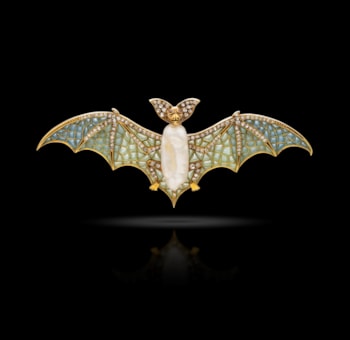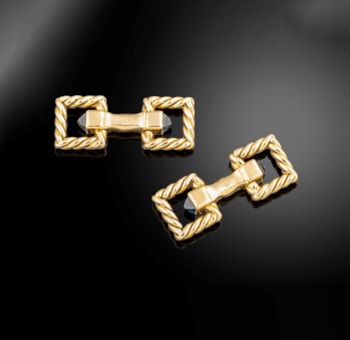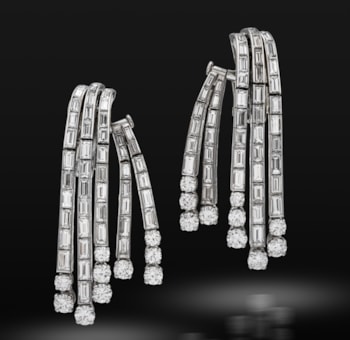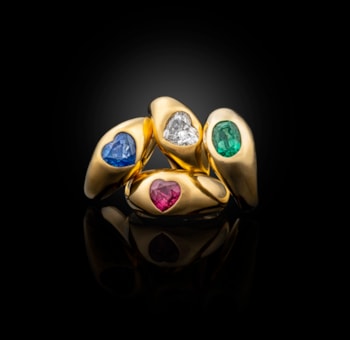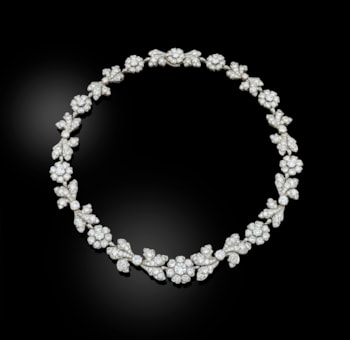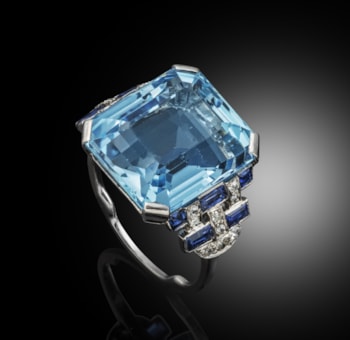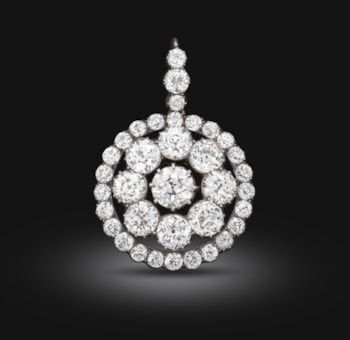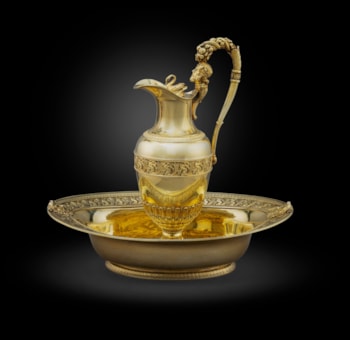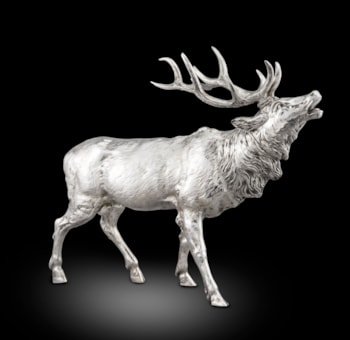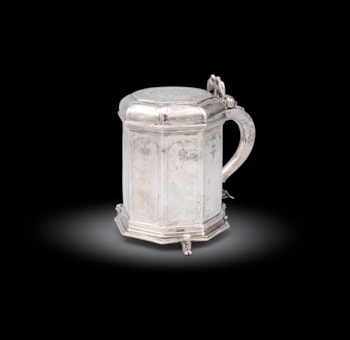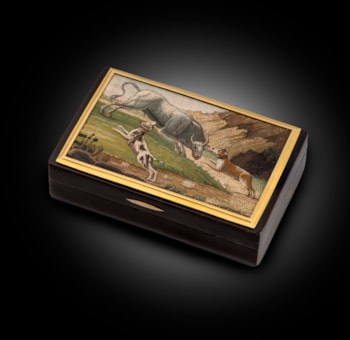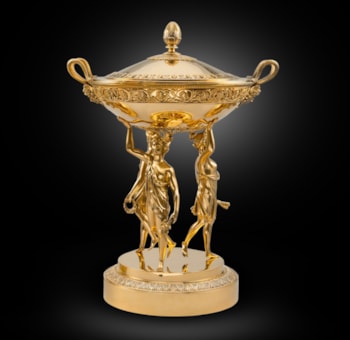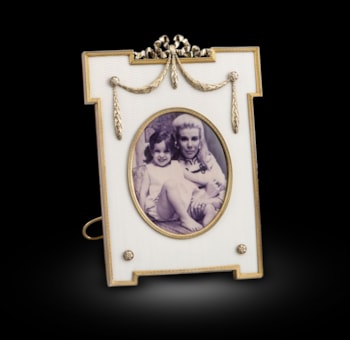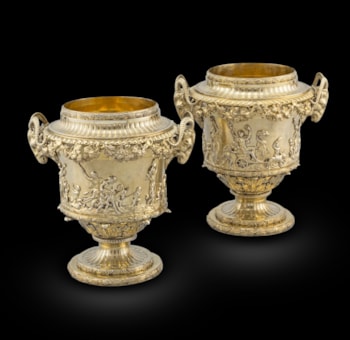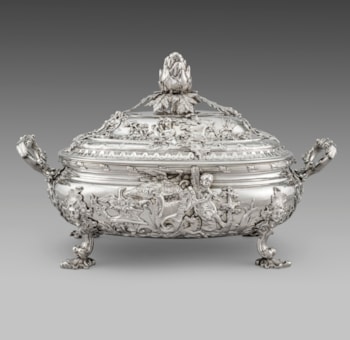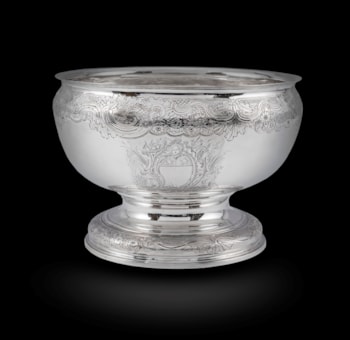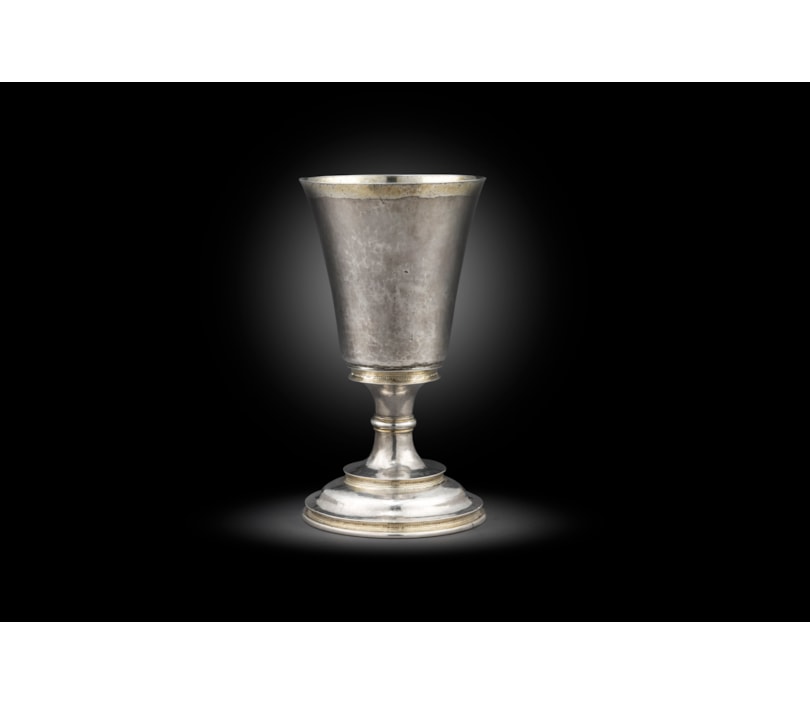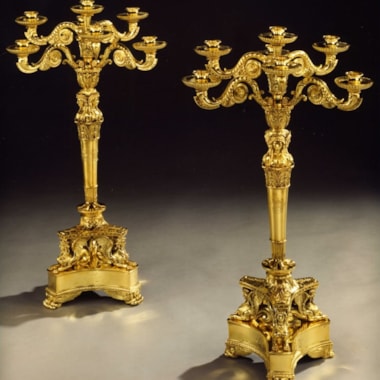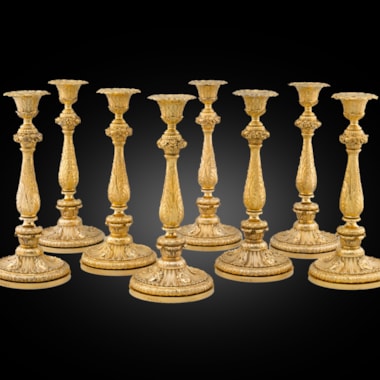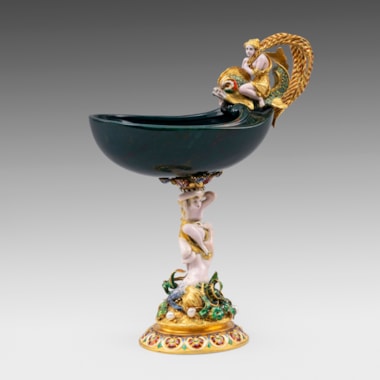The cup is quite plain; it stands on a domed foot and has a tapering and slightly flared bowl and spool-shaped stem. The lip and inside of the bowl are gilded.
The distinctive form of this piece identifies it as a communion cup. Hundreds of exactly this shape remain in parish churches to this day and are one of the most visible legacies of the Reformation in England. Their ubiquitous presence across the country was the result of a campaign by Archbishop Parker and Bishop Grindal of London to rid the nation's churches of traditional chalices (such as cat. 3), which they saw as symbols of the old faith.
This campaign took place under Elizabeth I, during the 1560s and 15705. But this cup dates from an earlier phase, during the reign of Edward VI (1547-53), before the country returned briefly to Rome under Mary I (r. 1553-8). The main focus of church 'cleansing' during Edward's reign was on the destruction of superstitious' images, such as wall paintings and religious statues. Replacement of chalices was a low priority and communion cups from Edward's reign are extremely rare: only about eighteen are known, mostly made for churches in the City of London, where there was more enthusiasm for the new evangelical theology than elsewhere.
Robert Danbe (or Daube), the possible maker of the cup, completed his apprenticeship in 1546 and died around 1578. His mark appears on several
fashionable pieces, including a cup and tankard in the Worshipful Company of Armourers and Brasiers and a 1562 salt given by Archbishop Parker to his old college, Corpus Christi, Cambridge. The same maker was also responsible for several Edwardian and Elizabethan communion cups. The earliest dates from 1549 and is still at the City church of St Peter's Cornhill; the most similar to this, of almost identical profile, is one of 1551 at Beddington church in Surrey.
Acquired from S.J. Phillips Ltd, August 1977
Zilkha Collection
You May Also Like




